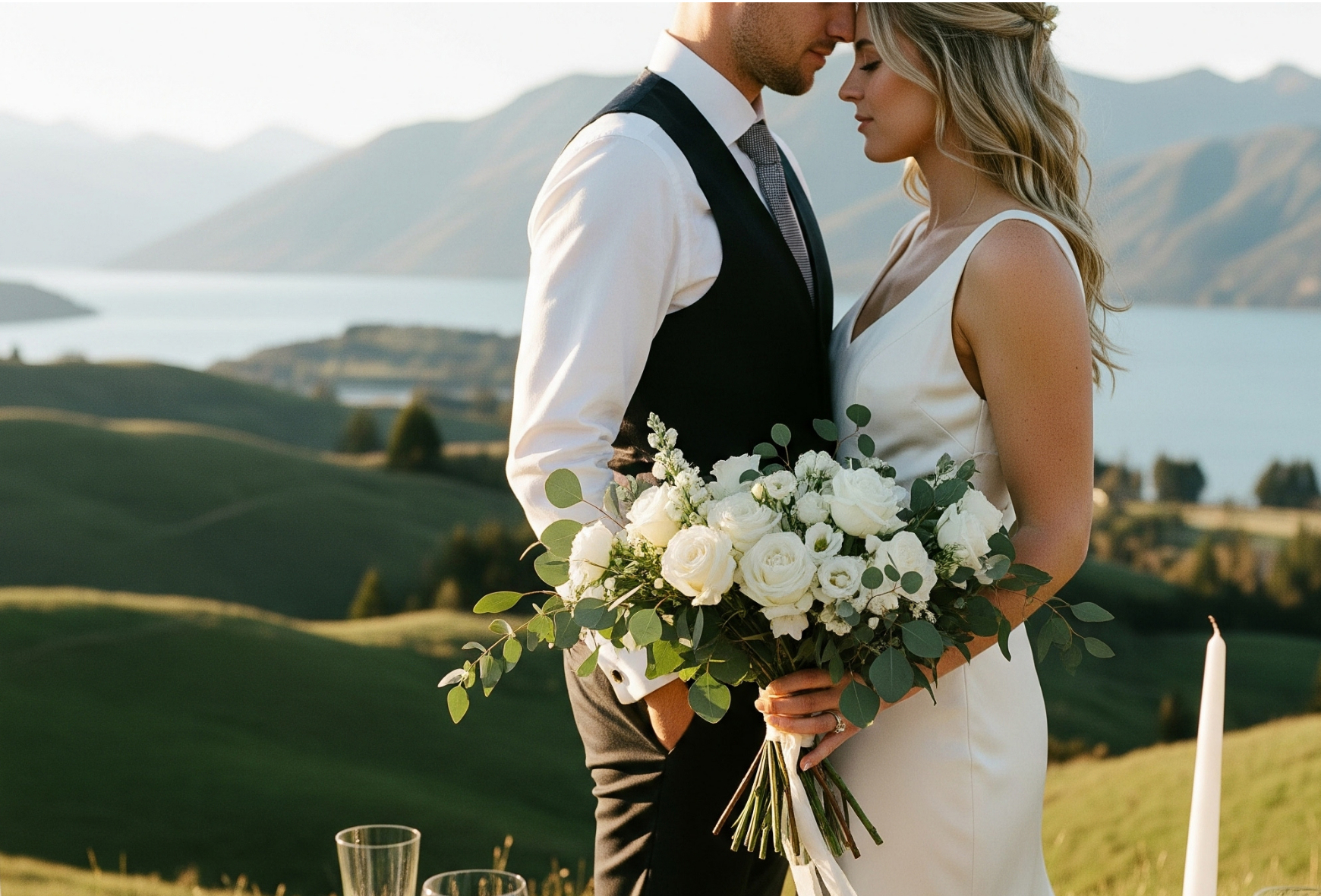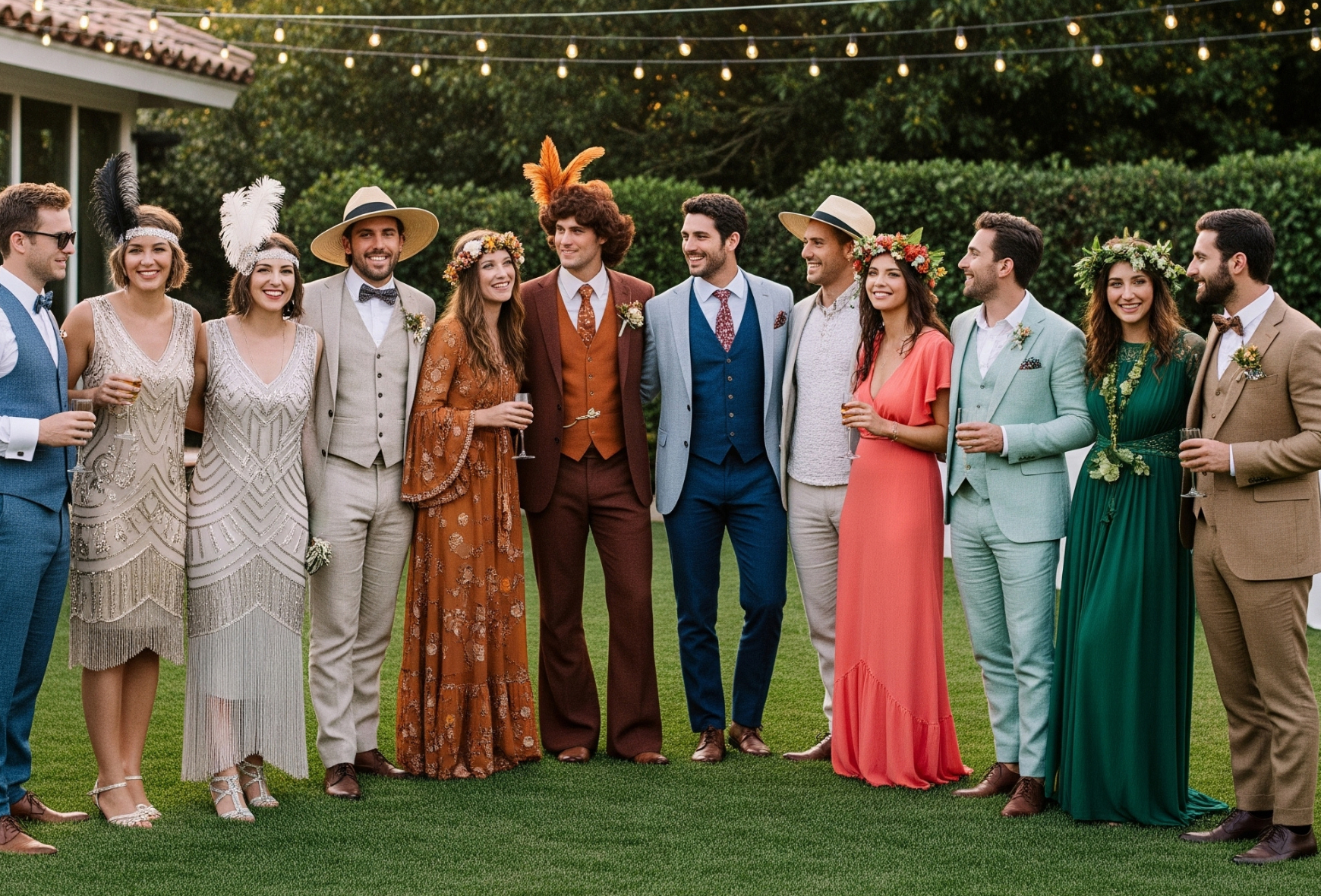
Weddings are a celebration of love, commitment, and cultural heritage. Around the globe, different cultures have developed unique and fascinating wedding traditions that reflect their values, beliefs, and history. Let’s explore some of the most interesting cultural wedding themes from various parts of the world.
INDIAN WEDDINGS: A Colourful Extravaganza
Indian weddings are known for their vibrant colours, elaborate rituals, and multi-day celebrations. Key elements include:
Mehndi ceremony: Intricate henna designs applied to the bride’s hands and feet, symbolising beauty and spiritual awakening
Sangeet: A musical evening filled with dance performances by family and friends, celebrating the union of two families
Baraat: The groom’s procession, often featuring him riding a decorated horse or elephant, accompanied by dancing relatives
Mandap ceremony: The main wedding ritual conducted under a beautifully decorated canopy, representing the couple’s new home
Saptapadi: The seven steps taken by the couple around a sacred fire, each step representing a marital vow
Vidaai: An emotional farewell ceremony as the bride leaves her parental home






JAPANESE SHINTO WEDDINGS: Tradition and Elegance
Shinto weddings in Japan are steeped in ancient traditions and symbolism:
San-san-kudo: The bride and groom take three sips each from three cups of sake, symbolising heaven, earth, and mankind
Shiromuku: The bride wears a white kimono symbolising purity and maidenhood, often changing into a colorful kimono for the reception
Kagami-biraki: Breaking open a barrel of sake with wooden mallets for good luck and to signify the opening of the marriage
Shinzen shiki: The sacred marriage ceremony performed by a Shinto priest, involving purification rituals and prayers to the kami (spirits)
Mizuhiki awabi: The exchange of folded paper butterflies, representing the couple’s oath of love and obedience



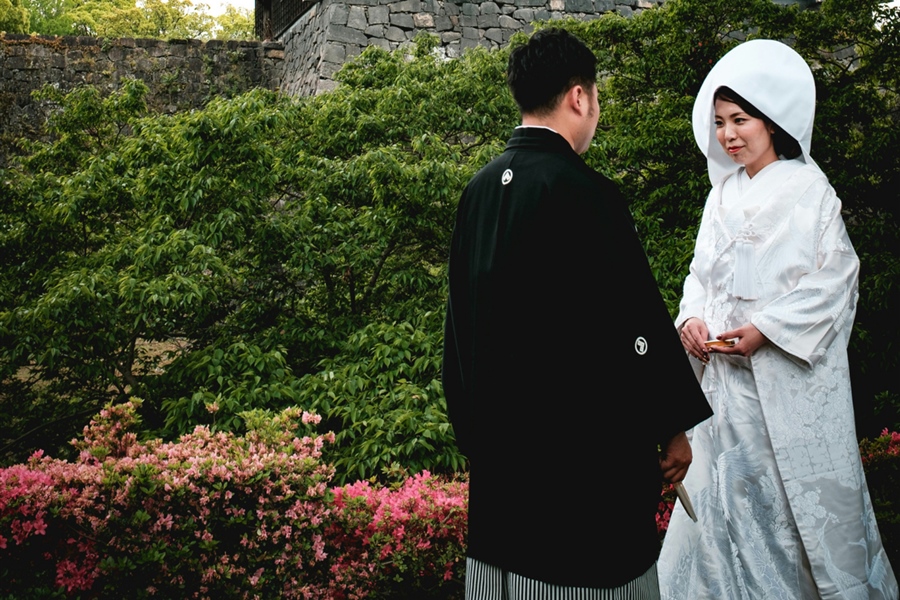


SCOTTISH HIGHLANDS WEDDINGS: Celtic Romance
Scottish weddings blend ancient Celtic traditions with modern customs:
Kilts: The groom and male guests often wear traditional Scottish kilts in their family tartans
Handfasting: A ritual where the couple’s hands are tied together with ribbons, symbolising their union
Quaich ceremony: The bride and groom share a drink from a two-handled loving cup, representing trust and unity
Bagpipes: Traditional Scottish music played throughout the ceremony and reception
Ceilidh: A traditional Scottish dance party often held during the reception
Luckenbooth: A silver brooch given by the groom to his bride, symbolising love and commitment



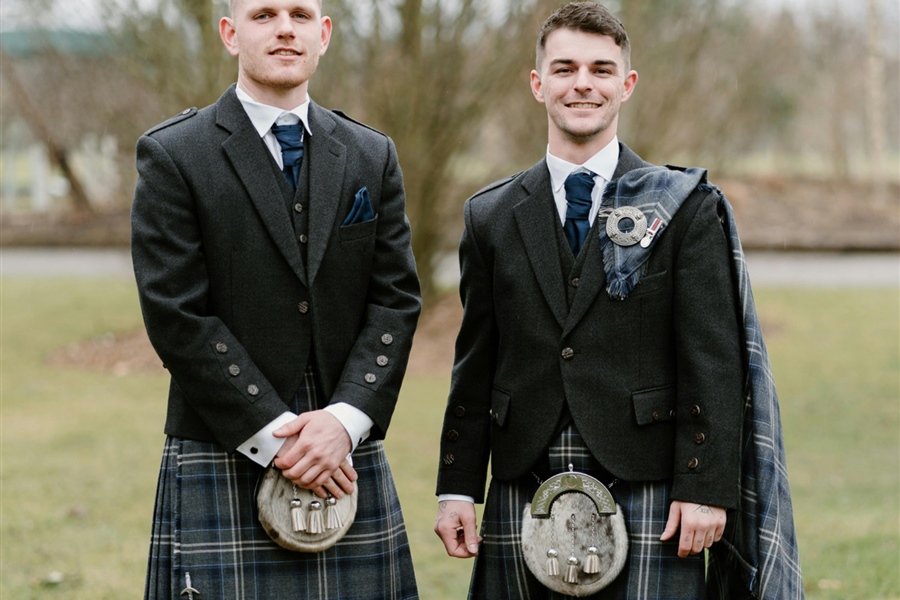

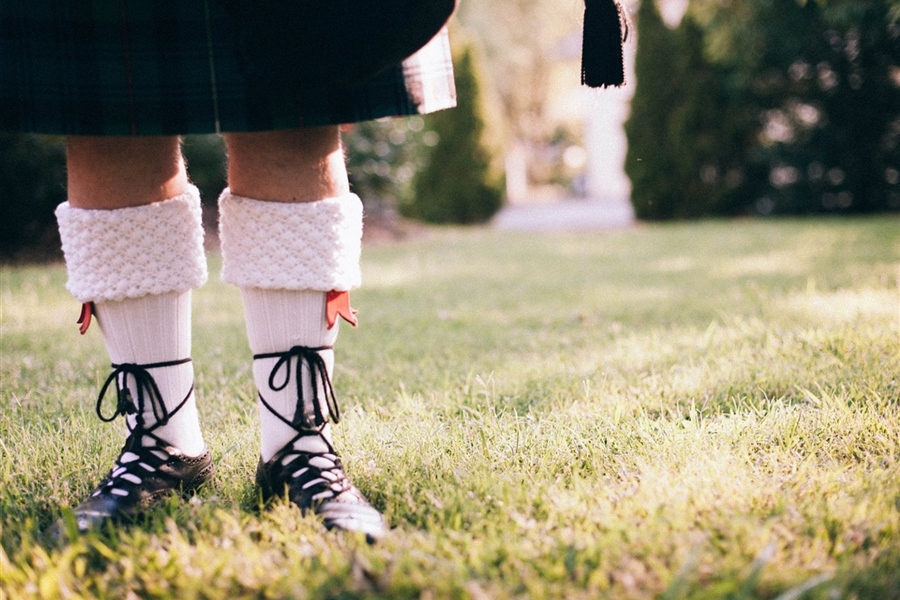
MEXICAN WEDDINGS: Festive Fiesta
Mexican weddings are lively affairs that emphasise family and community:
Lazo ceremony: A large rosary or flower garland is draped around the couple’s shoulders in a figure-eight shape, symbolising their eternal union
Arras: The groom presents the bride with 13 gold coins as a symbol of his provision and trust
La Vibora de La Mar: A playful snake dance where guests form a chain under the couple’s arms, representing the challenges of married life
Padrinos and Madrinas: Sponsors who play important roles in the ceremony and provide guidance to the couple
Mariachi band: Traditional Mexican music played during the ceremony and reception
Piñata: A fun reception activity symbolising the sweetness of married life




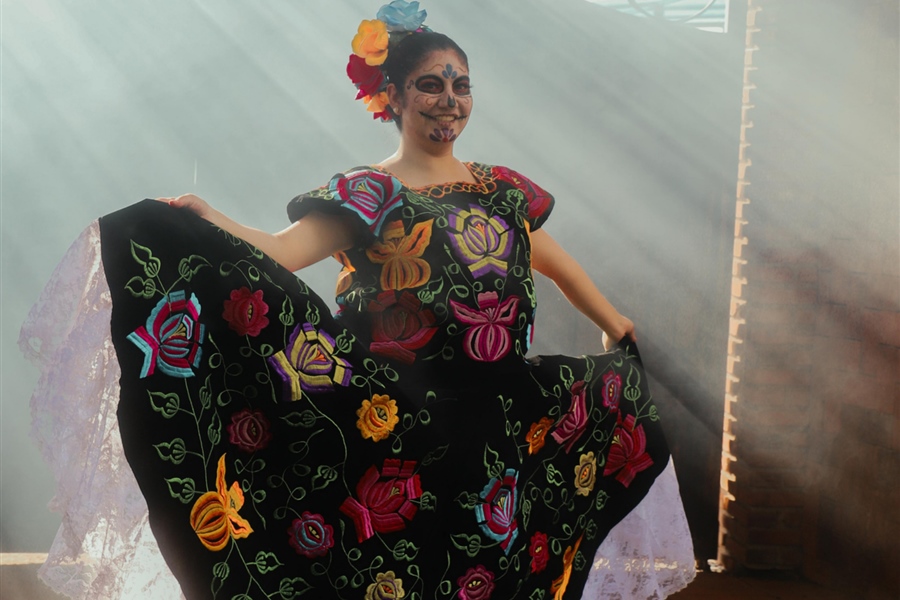

MOROCCAN WEDDINGS: Arabian Nights Fantasy
Moroccan weddings are opulent affairs that can last up to seven days:
Hammam: A pre-wedding purification ritual at a bathhouse, often attended by the bride and her female relatives
Henna party: Intricate designs are applied to the bride’s hands and feet, symbolising good luck and fertility
Amariya: The bride is carried around on an ornate platform by her male relatives, allowing all guests to see her
Negafa: A wedding stylist who assists the bride with multiple outfit changes throughout the celebration
Berber dance: Traditional dances performed by professional dancers to entertain guests
Moroccan feast: An elaborate multi-course meal featuring traditional dishes like couscous and tagine
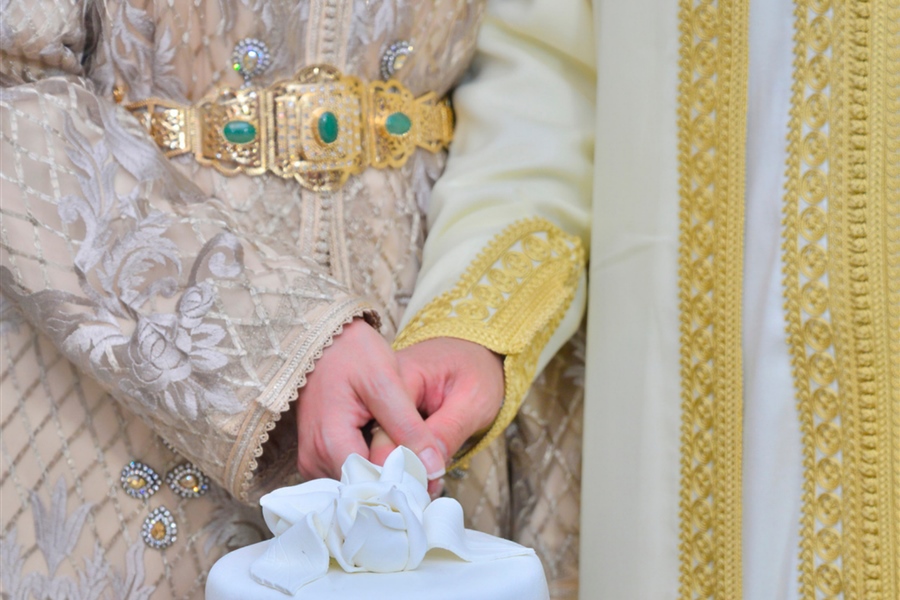
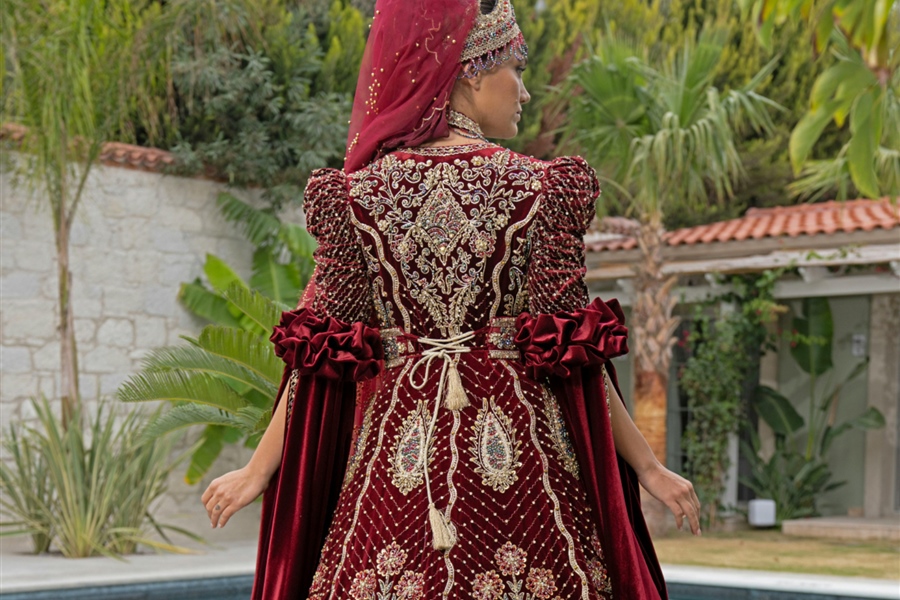



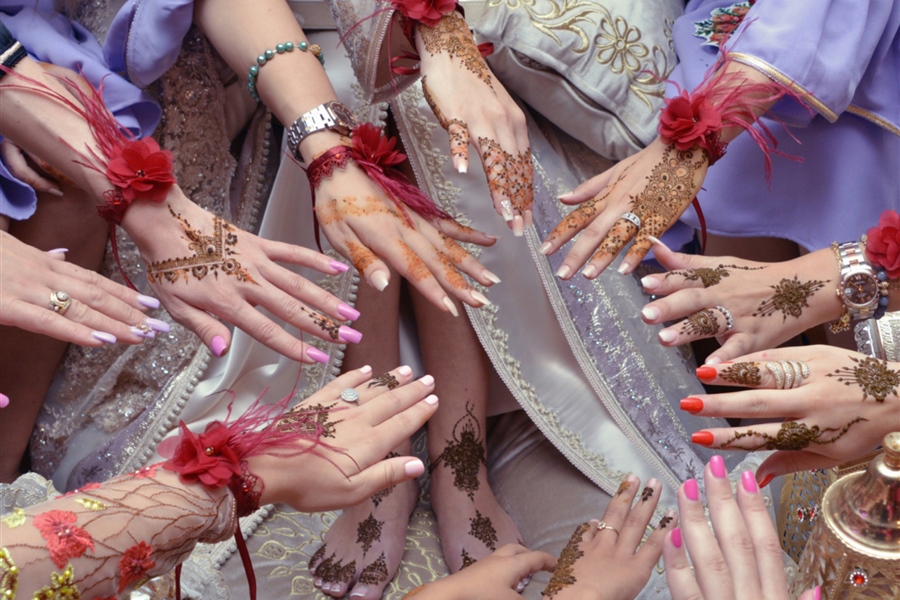
HINDU BALINESE WEDDINGS: Spiritual Union
Balinese Hindu weddings are rich in symbolism and spiritual significance:
Mepandih: A tooth-filing ceremony performed before the wedding to symbolise the filing away of negative traits
Mebiakaonan: The symbolic kidnapping of the bride by the groom’s family
Mekala-kalaan: A purification ritual where the couple circles a shrine with sacred threads
Madengen-dengen: The bride and groom feed each other, symbolising their commitment to care for one another
Mejauman Ngabe Tipat Bantal: The newlyweds visit the bride’s family to ask for blessings



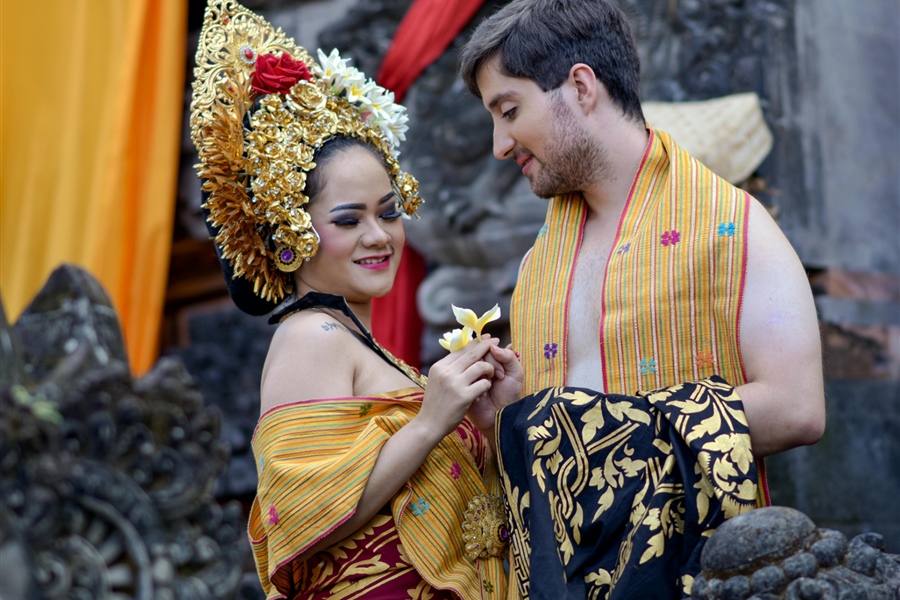
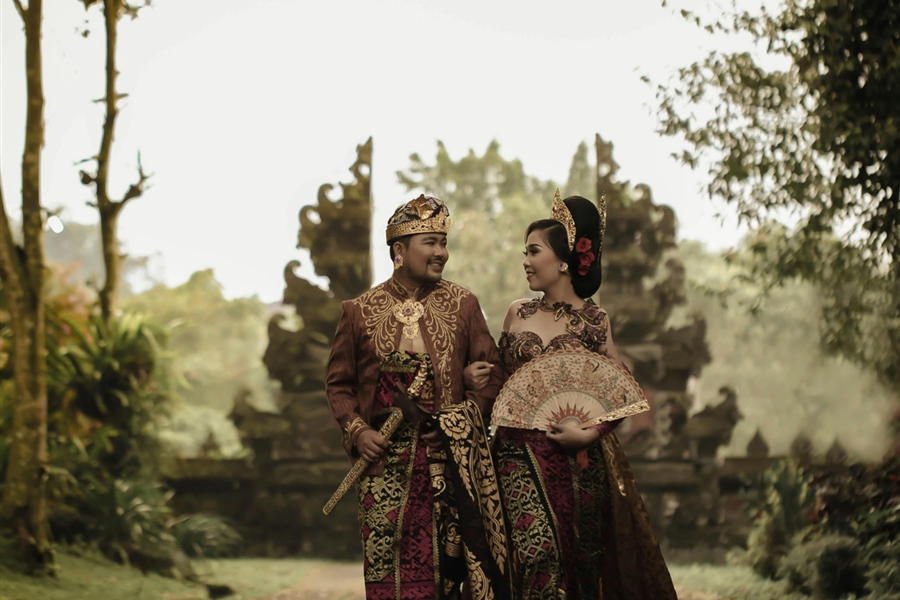
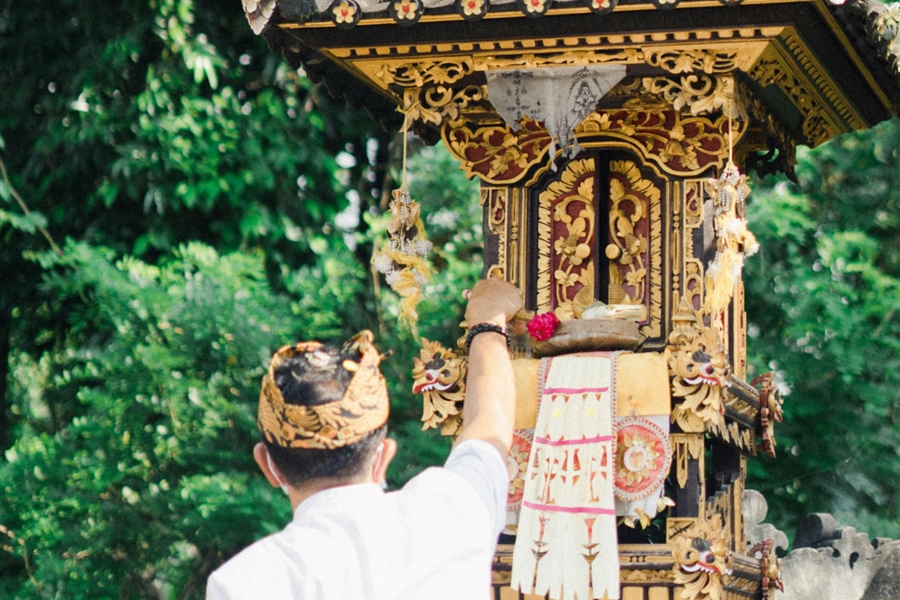
NIGERIAN YORUBA WEDDINGS: Vibrant Celebration
Yoruba weddings in Nigeria are joyous, community-centred events:
Ìjọhùn: The families' agreement to the union, often accompanied by the presentation of a letter of intent
Idana: The engagement ceremony where the groom’s family brings gifts to the bride’s family
Alaga Ijoko and Alaga Iduro: Two female MCs who officiate the ceremony with songs, jokes, and negotiations
Aso-ebi: Matching outfits worn by family and friends to show support for the couple
Spraying: A tradition where guests shower the couple with money as they dance



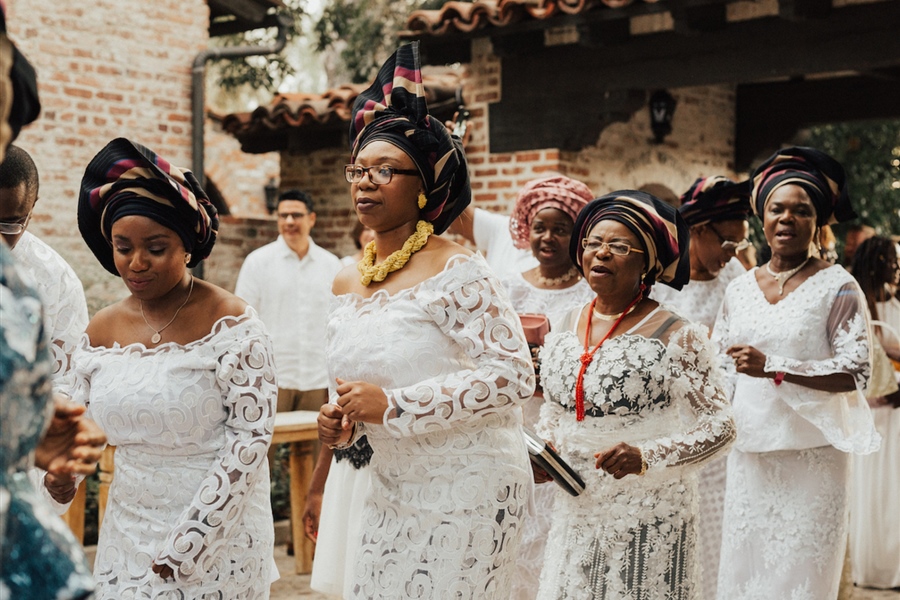

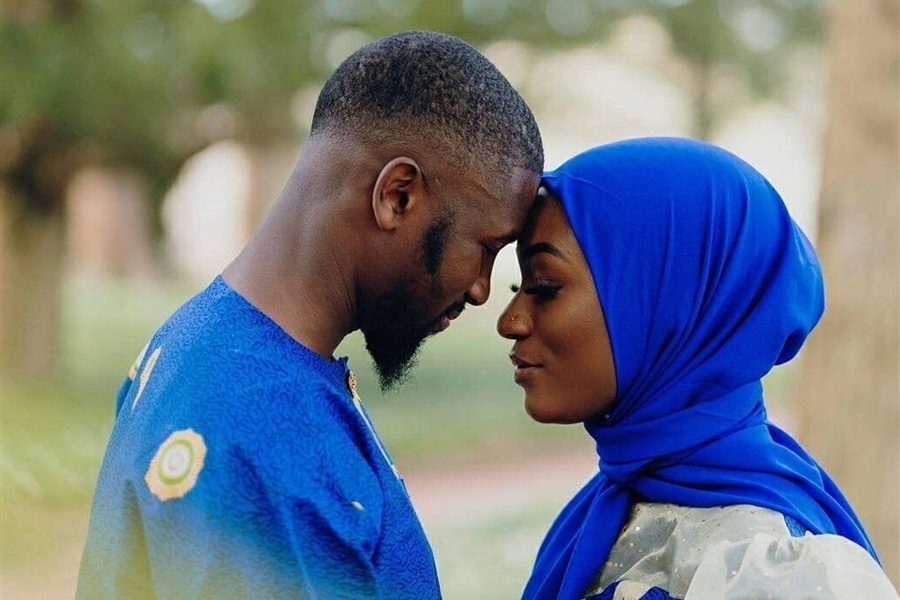
JEWISH WEDDINGS: Timeless Traditions
Jewish weddings are steeped in ancient customs and religious significance:
Ketubah signing: The marriage contract is signed by two witnesses before the ceremony
Bedecken: The veiling of the bride by the groom, recalling the biblical story of Jacob and Rachel
Chuppah: The wedding canopy under which the couple stands, symbolising their new home
Sheva Brachot: Seven blessings recited over the couple
Breaking the glass: The groom breaks a glass with his foot, usually at the end of the ceremony
Yichud: A brief seclusion of the newlyweds immediately following the ceremony




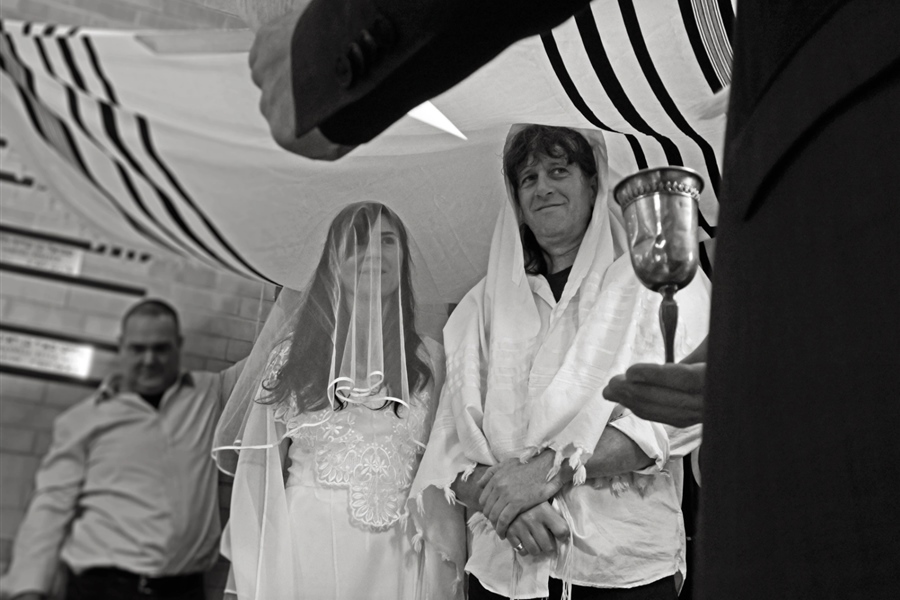
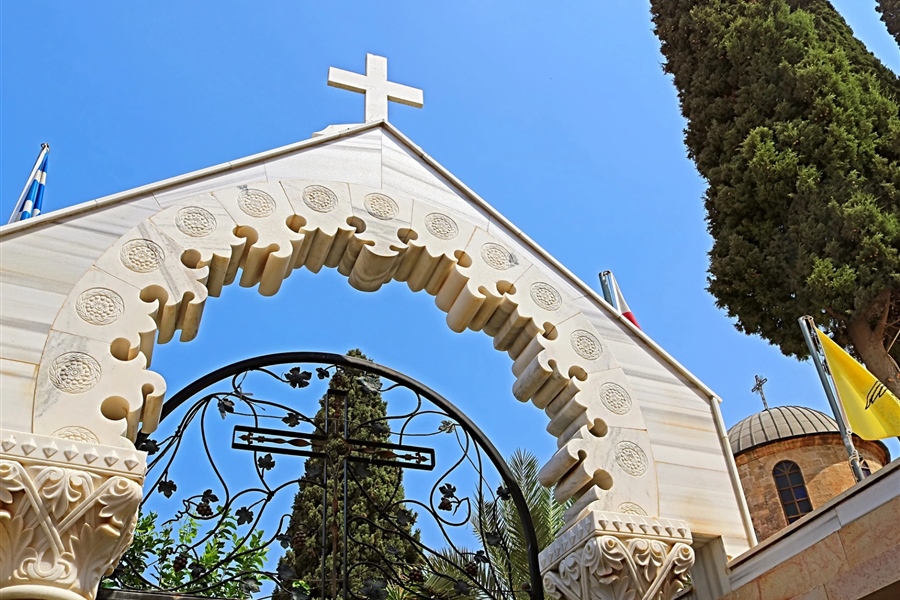
Conclusion
These unique cultural wedding themes offer a glimpse into the rich tapestry of global traditions. From the spiritual unions of Bali to the vibrant celebrations of Nigeria, weddings around the world showcase the beautiful diversity of human customs. Whether you're planning your own wedding or simply appreciating the variety of cultural expressions, these celebrations remind us of the universal nature of love and the myriad ways different cultures honour it. Each tradition, no matter how different, ultimately celebrates the same thing: the coming together of two people in love, supported by their communities and cultural heritage.
